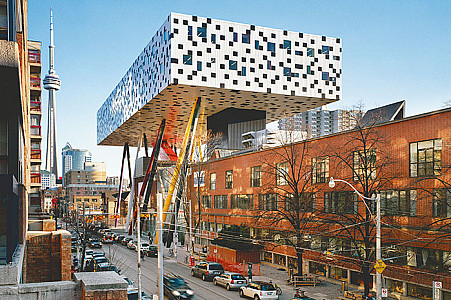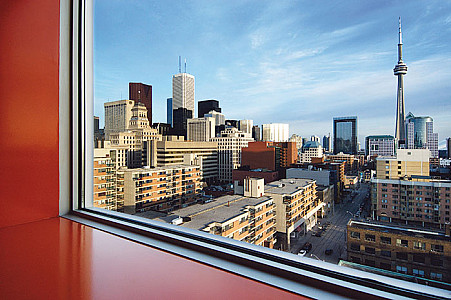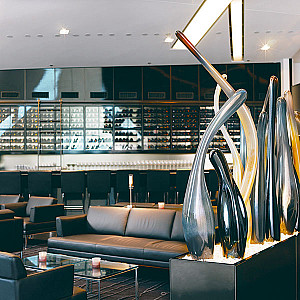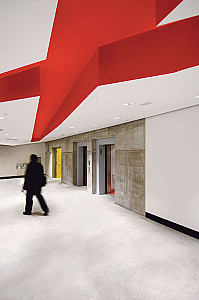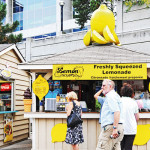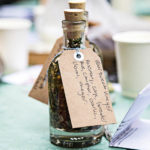Boldface on the world map
For ages the running joke about Canada amongst its neighbours to the South was ‘US drinks Canada Dry’. Punning on the celebrated Canadian ginger ale with that name, the Americans were being quite condescending about their Northern neighbours. The gist of the jest went something like this – Uncle Sam was the world leader, while the Canadians were country cousins, less powerful and way less cool.
The joke’s run out of steam – and relevance. One of the best-kept secrets about Canada is that it is one of the best places to live in the world. And, for the tourist, it has much more than the Niagara Falls! Toronto was somewhat of a revelation, especially its fascinating, at times, quirky architecture. Futuristic high-rises (many of them glittering and brazen) sit comfortably next to the city’s old architecture, much of it Gothic or Victorian.
But what took my breath away was the transformation of some of the venerable old cultural spaces into bold and ultra-contemporary statements, like the new wing of the Royal Ontario Museum, designed by Daniel Libeskind.
The 1,75,000-square-foot, aluminum-and glass-clad building has five interlocking prismatic sideways sloping triangle-like structures. It literally springs out of a rather dowdy old building. When you first see it, the immediate experience is as startling as suddenly coming across a withered body topped with the face of a nubile nymph.
Many ‘starchitects’ (a combo of star and architect usually responsible for iconic 21st century buildings) were given projects to catapult this city into a cultural hotspot. More boldface on the world map. In addition to Libeskind, Toronto-born Frank Gehry, Will Alsop, and Sir Norman Foster have created some provocative and unorthodox architecture in Toronto.
Breathtaking as well is Gehry’s redesign of the Art Gallery of Ontario with its undulating new glass façade that The New York Times described as a ‘crystal ship drifting through the city’.
Gehry did not destroy the old stone Beaux-Arts structure. Rather, he imaginatively wove his innovations into and through the old museum. Interestingly, neither did Libeskind tear down the old structure, but audaciously had his creation almost literally coming out of it in an almost-jarring juxtaposition.
Audacious? Indeed. But not half as audacious as Alsop’s Centre for Art and Design. It is a pixilated black-and-white building. Slab-like, it is perched on colourful steel stilts and rises high above a row of buildings. Here, again the old and new are made to co-exist without one obliterating the other.
The Norman Foster-designed Leslie L. Dan Pharmacy Building in the University of Toronto is not ‘growing out’ of an old structure, like the examples of starchitecture above. Next to two historic buildings (Royal Ontario Museum and the Ontario Legislature) this impressive, colonnaded structure has been lifted 20 metres high so that it is in line with these buildings.
Toronto may have a less dense skyline than New York but some of its high-rises are quite intriguing. Many of them have strange angles and protuberances which allow the creation of more corner rooms. When the banks first mushroomed in Toronto, there was a great demand for corner offices. Architecture often has to do a lot of ego-massaging.
Toronto is obviously in the throes of metamorphosing into a happening place with massive gentrification of the shabbier neighbourhoods, emergence of chic, upmarket boutiques, designer shops and the creation of new cultural spaces. The growing importance of the Toronto International Film Festival has seen to that: the film folk now flock here to party and shop.
The 13-acre Distillery Historic District (once home to the largest distillery in the British Empire) has been developed as a vibrant centre for arts, culture and entertainment. Over 800 films, including Chicago, X-Men, have been filmed here.
With its brick-lined streets and restored-and-repurposed Victorian industrial architecture, this picturesque, pedestrian-only area could easily have appeared ersatz. But, it is not.
Loitering here is rewarding. But you have to stay out of the way of overly enthusiastic visitors whizzing by on motorised Segways. The Distillery is a lively conglomeration of galleries, boutiques, a theatre, rehearsal halls, artist studios and restaurants. There’s even a micro chocolate factory called Soma and a little brewery. Several restaurants serve organic fare: you can get Ontario’s first certified organic lager at Balzac’s Coffee and Mill Street Brew Pub.
But after a few days of feasting on fine European and Canadian cuisine the craving for desi food – especially simple dal-chaval – becomes overwhelming. No wonder silence prevailed when we began eating at 309 Dhaba. Like Toronto’s architecture, much of the dishes confected by the owner P. K. Ahluwalia are adventurous, mixing East and West in surprising ways. But dal, happily, is dal.
For me the ultimate proof of a bit of India in Toronto was the restaurant The 5 Spices that offers ‘fine Indian Chinese’ cuisine. Run by a Parsi couple, the dishes include chilli paneer and chilli gobi. The Indians had arrived.
And proliferated: Punjabi is, after English, French and perhaps Chinese, the most-spoken language in Toronto.
Well, I can testify to that – most of our cab drivers were Punjabi.
Related posts from Verve:
Verve Trending
Sorry. No data so far.
us on Facebook to stay updated with the latest trends

